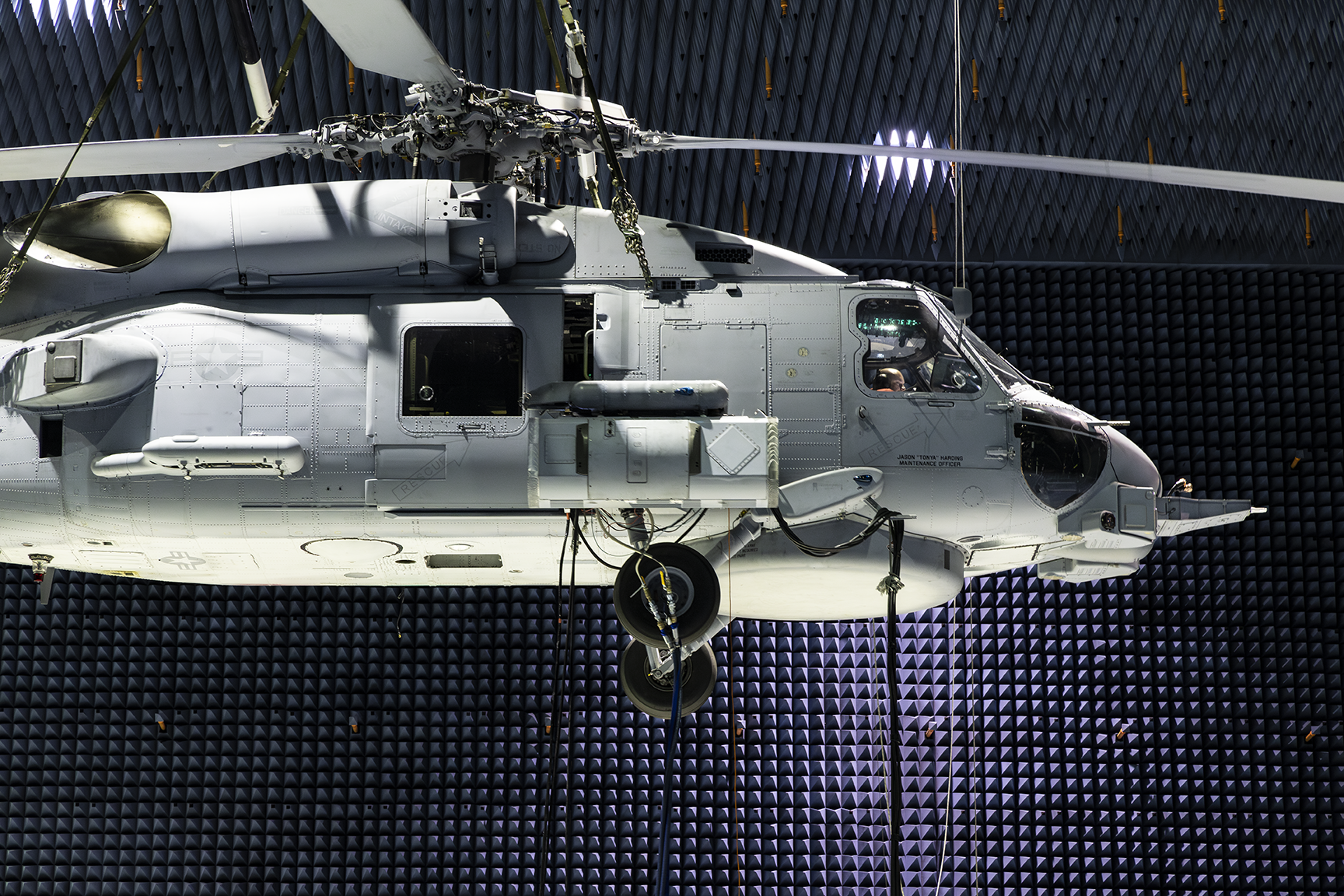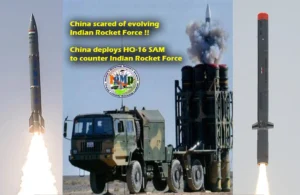Lockheed Martin has announced the successful trial of an electronic warfare pod tailored for deployment on a US Navy MH-60R helicopter, demonstrating its capability to detect and counter anti-ship missiles.
The American defense company stated that the successful trial of the Advanced Off-Board Electronic Warfare (AOEW) system’s electronic attack functionalities represented a significant milestone in the program’s evolution.
This marked the first instance where the system underwent engagement testing, showcased its capacity to neutralize threats, and measured its overall performance while seamlessly integrated and managed by the target platform.
According to Lockheed Martin, the Advanced Off-Board Electronic Warfare System (AOEW) underwent trials in partnership with the US Navy at Naval Air Station Patuxent River in Maryland.
During the tests, the jammer demonstrated its ability to counter threats while installed on a Sikorsky MH-60R helicopter, a model frequently employed in anti-submarine warfare.
:quality(70)/cloudfront-us-east-1.images.arcpublishing.com/archetype/3GRTFCV3AVF2VNAY6OOCI5P3DE.jpg)
While the system is designed for use on both MH-60R and MR-60S host platforms, the test employed only the MH-60R for evaluation.
In addition, the company plans to conduct additional tests and demonstrations of the AOEW pod on diverse host platforms in 2024.
The objective is to utilize the findings further to improve the system’s performance. AOEW operates under a low-rate initial production contract, and the initial AOEW units are expected to be delivered next year.
“The AOEW system is one of the most advanced, complex electronic warfare systems ever developed,” said Deon Viergutz, vice president of Spectrum Convergence at Lockheed Martin.
Deon Viergutz highlighted the strategic significance of the Advanced Off-Board Electronic Warfare (AOEW) system, stating, “AOEW is a force multiplier for our Sailors that will help them dominate and control the battlespace without ever firing a single shot. It is designed with evolutionary capabilities, set up to be completely programmable to develop, deliver, and deploy new techniques as the threat landscape changes.”
The statement underscores the system’s potential impact on naval operations, providing a versatile and adaptable solution to evolving threats.
Advanced Off-Board Electronic Warfare
The US military is actively working to revitalize its electronic warfare capabilities following years of decline since the end of the Cold War.
Given the critical role of the electromagnetic spectrum in guiding weapons, facilitating friendly communications, and suppressing enemy observations, securing access to this resource is expected to be a key focus in potential conflicts with nations like Russia or China.
In this context, the Advanced Off-Board Electronic Warfare (AOEW) system has emerged as a pivotal asset in extending a ship’s defense capabilities, overcoming challenges posed by limited line of sight or slow maneuvering.
Commencing in 2012 as a “rapid response effort” to address an urgent operational requirement, the Navy has dedicated over US$325 million to developing the AOEW system.
AOEW employs jamming or spoofing techniques to redirect incoming missiles away from the ship, presenting a crucial naval defense capability.

An essential advantage of this technology lies in its ability to safeguard the ship without additional consumable ammunition or defensive systems.
Furthermore, the self-contained nature of AOEW, integrated into the helicopter, eliminates the ship’s need to account for space, weight, and power constraints. This contributes to the system’s efficiency and versatility.
AOEW operates independently and can interface with other systems on board a vessel. Its development has involved a series of incremental tests at Lockheed Martin’s New York-based Syracuse facility.
According to Lockheed Martin, the system is designed for seamless integration with Aegis Baseline 9C.2+ and the Surface Warfare Electronic Warfare Improvement Program Block II.
Its open-system architecture enables rapid upgrades, promotes interoperability, reduces lifecycle costs, and facilitates the swift integration of new hardware.
Moreover, AOEW’s adaptable architecture and technologies lay the foundation for extending similar capabilities to other assets, including small ships, unmanned aerial vehicles, and surface vehicles.
Experts suggest that while the initial prototypes of the AOEW system are designed for installation on MH-60R and MH-60S helicopters, future deployable versions may be intended for long-range, long-endurance fixed-wing or helicopter unmanned aerial vehicles (UAVs).
Nonetheless, the successful trial highlights the continuous effort of the US military to counter evolving threats and protect its naval vessels from potential risks.








